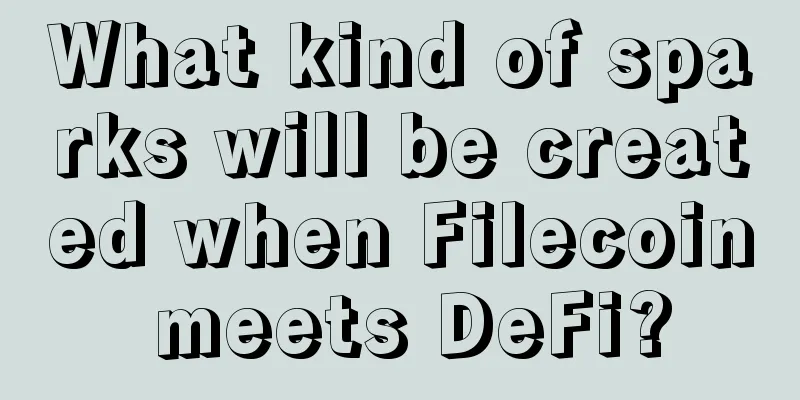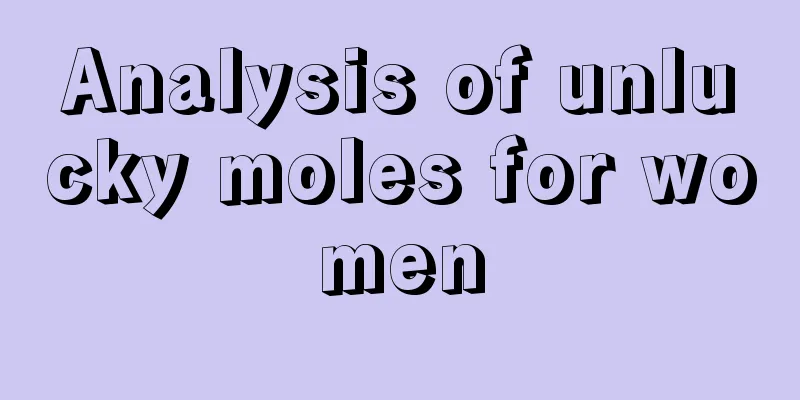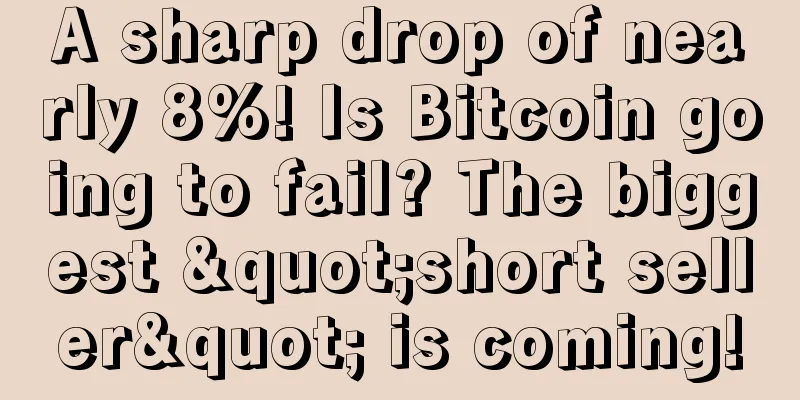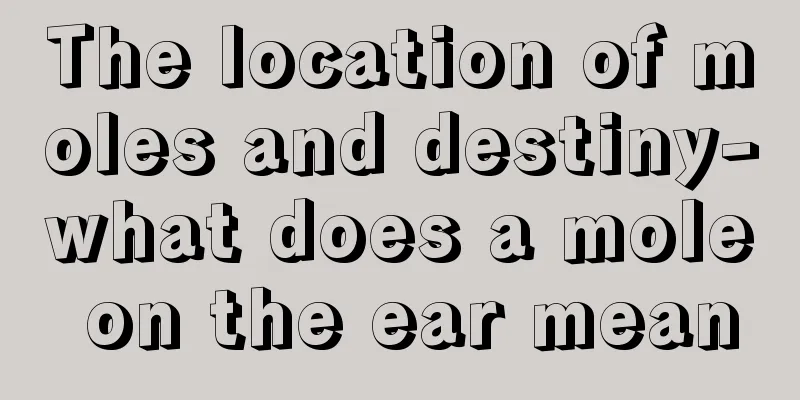|
Professionalism and focus, win-win cooperation During the Filecoin mainnet launch week, Colin Evran from the Filecoin development team discussed Filecoin’s position in the DeFi ecosystem with Aave’s founder, CTO, and product manager. Here are the highlights from the discussion so that everyone can better understand the launch of the Filecoin mainnet, what it means for the rapidly developing DeFi world, and what sparks will Filecoin and DeFi collide with? Let’s take a look at this topic discussion~ DeFi: Decentralized Finance, often referred to as distributed finance or decentralized finance. 1. How do you view the intersection of Filecoin and DeFi? Which instant application markets will Filecoin open up? A long time ago, there was a meme circulating about distributed applications and some Dapps related to them, putting them on-chain. The idea was to replicate the Web2.0 ecosystem in the decentralized Web3.0 world. But soon, this idea was limited by two aspects: data storage and the cost of a large number of on-chain transactions. Filecoin solves half of the problem, the storage part. The remaining part to be solved is the transaction cost. Today, we see that the best Dapps are financial applications, and at their core, it’s the cost of on-chain transactions. If you have to pay a few dollars every time you want to perform an action, then you want to make sure you get value from that action in a very direct way. If you want to trade or lend or do agricultural production, you have to make sure you can cover the losses that you may encounter due to the actions you take. Currently, large datasets in finance are a classic example of the intersection of Filecoin and DeFi. By accessing and analyzing large datasets, a large amount of trading power and investment knowledge can be obtained. In terms of its role in the Web3.0 ecosystem, Filecoin does open up opportunities for new types of DeFi applications that can be used, but until recently, large amounts of data storage with distributed protocols have not been possible. The state of Ethereum is bursting at the seams. With the launch of Filecoin, we can now move storage to Filecoin and complete some of the heavy data storage tasks such as spending plans and token bonding curves. Most importantly, DeFi applications can access these heavy data tasks. I personally think that there will be a close connection between the Filecoin storage network and the Ethereum and DeFi ecosystems. And I personally think that one of the short-term use cases for Filecoin and DeFi is hosting front-ends . Many of these DeFi and Web3.0 applications are permissionless on their back-ends, but their front-ends still have to be hosted on AWS or Azure. With Filecoin, you can now have a front-end and back-end program that matches these DeFi applications. The most vivid metaphor is that owning FIL is like owning an IOU for Internet real estate . If you own FIL, you know that you can upload data to the Filecoin network at any time in the future. This makes it different from any other crypto asset on the market today, which naturally makes DeFi very interesting. If you tokenize FIL on Ethereum, you can now put it into a storage system along with BTC, ETH, and any other type of crypto asset. Over time, these assets will be completely uncorrelated. So, for example, if you tokenize FIL in the Aave lending market, it will behave differently from other assets in that market. This is a very exciting opportunity for ordinary people using DeFi. 2. The Filecoin protocol requires on-chain nodes to purchase and release FIL as collateral for subsequent FIL output. How do you think DeFi will help these nodes improve FIL liquidity? Collateralization is the foundation of DeFi protocols. It is the best way to unlock liquidity. Users unlock liquidity by staking valuable assets as collateral to support lending in existing DeFi applications. In other words, any valuable asset in DeFi protocols can be borrowed and pledged in a highly available system. In this case, the available system is Filecoin mining. It is conceivable that this could be an interesting case in lending. In fact, it may be realized soon. 3. Recently, large liquidity pools like Uniswap have become a viable alternative to centralized exchanges. What changes triggered the migration of liquidity from centralized exchanges to distributed exchanges, and what similar changes will occur in the entire crypto market space in the future? It all comes down to ease of use and composability . If you want to participate in a centralized exchange (CEX), you have to constantly balance liquidity between these platforms. They may have different deposit and withdrawal times, and there is an additional concern about giving your personal data to people who may not be trustworthy. On the surface, a CEX may seem like a better experience. You may get tighter spreads, deeper liquidity, faster trades, and more traditional trading mechanisms like limit orders. However, in the end, the conflict with a CEX is still greater. If you hold crypto assets in a wallet, the "distance" from that wallet to a CEX is greater than the distance from that wallet to a decentralized exchange (DEX). Compared to fully decentralized exchanges, CEXs are actually quite limited. Many different financial operations can be performed in a single on-chain transaction. But this type of composability is huge for automated market makers (AMMs), DEXs, and other Web3.0 applications. Perhaps we will see DeFi activity spread across multiple blockchain spaces in the future. Different chains will evolve and specialize in unique capabilities. They will make trade-offs, and consumers will choose between those trade-offs for different reasons. The result will require interoperability between chains to keep DeFi composable. Then we will see liquidity spread and grow across multiple chains at once, just as we saw liquidity migrate from CEX to DEX. For DEXes and other Web3.0 applications, composability and usability are a huge advantage. Many people call them "money Lego toys" because they can be combined together in different combinations. For example, it is an engineer's dream to figure out how to merge a lending platform with a flash loan system. There is not even a mechanism like flash lending in centralized crypto platforms like CEXes. Now we are adding the information and data side of the internet to the existing valuable internet. Because we are developing more and more building blocks every day, we will gradually have more unique applications that can only run on blockchain protocols. Because of this unique feature of composability, we will have all these types of new experiments and applications, which is what makes us developers really excited about these systems. 4. Many DeFi builders are considering Filecoin and other DeFi solutions. What advice do you have when exploring the intersection of Filecoin and DeFi? It is important to emphasize that building tools to support the network is highly commendable. The Ethereum ecosystem has grown so much compared to a few years ago, when it would have been difficult to build programs without these tools and libraries. So building tools and libraries to help its developers and clients is highly recommended. Embrace the composable nature of Web 3.0. One unique thing is that it will ultimately be better for users because users cannot be retained simply by manufacturing protection mechanisms. Something fundamentally better must be built. With Filecoin, for the first time, we are seeing the tokenization of assets at a fundamental level rather than a financial instrument. Filecoin is actually a functional tool. Developers can and should think about it in different ways and build some applications. The crypto assets and Web3.0 ecosystem are evolving so fast that it would behoove each of us to spend a good amount of time really understanding where things are headed. Filecoin’s ecosystem has spent a lot of time in the creative space, which is both interesting and amazing. However, at the end of the day, if we want these things to have an impact, we have to solve problems that exist in real society. But since many of them live outside of our crypto space, there are a lot of problems that need to be solved step by step. |










